The 9/11 Museum Is an Atrocity Exhibition
These New Yorkers want to transform the September 11 museum, but can it be anything other than a purveyor of War on Terror propaganda?
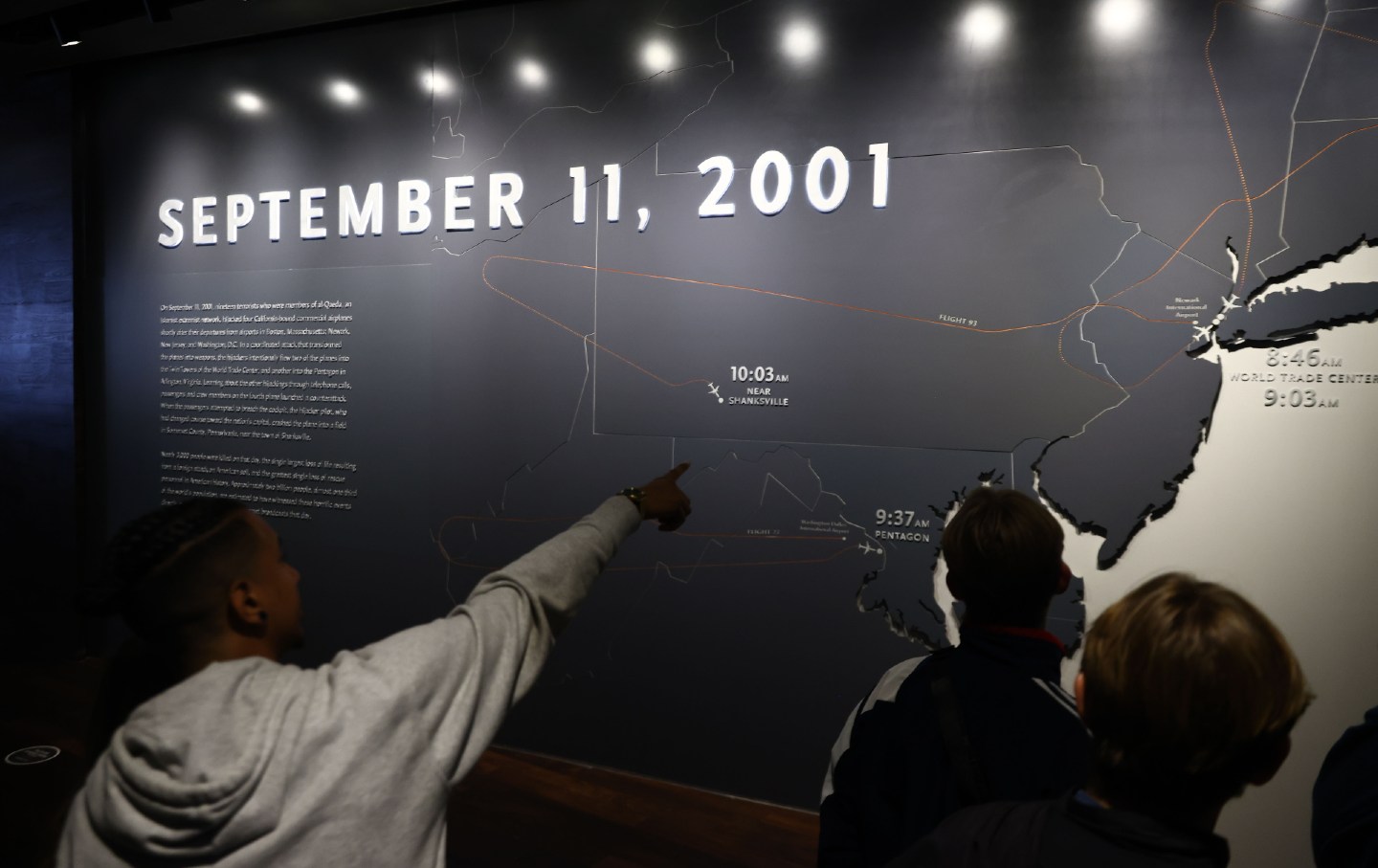
No New Yorker in their right mind—especially one who vividly remembers the horror of 9/11—would want to visit the National September 11 Memorial & Museum. But on a cloudless day shortly after the 22nd anniversary of the attacks, I took leave of my senses and descended into trauma, hate, and fear.
It was a literal descent: The museum is an escalator ride beneath what was Ground Zero, the wreckage of the World Trade Center in Lower Manhattan. My Virgils for this endeavor were two New Yorkers who are trying to push the museum to become something more than an atrocity exhibition. There was Steven Rosenbaum, a documentarian whose donation of the 500-hour CameraPlanet 9/11 archive made him and his wife, Pamela Yoder, the largest contributors of video to the museum; and Debbie Almontaser, the CEO of the diversity, equity, and inclusion company Bridging Cultures Group, who was a target of 9/11-era hysteria that forced her out of her job as a public school principal because of her Muslim background.
In 2023, Rosenbaum, Almontaser, and several others formed the 9/11 Museum Community Advisory Council. The group’s aim, according to an open letter to the museum’s president and CEO, Elizabeth Hillman, is to “deepen and broaden the Museum’s purview, its inclusivity and diversity, and to increase the Museum’s transparency and its responsiveness to community feedback.” The organization met with Hillman on July 24, but the museum has not responded to the group’s request for quarterly meetings about content and programming.
The council’s goal is admirable. But—and this is my perspective, not that of my interlocutors—it was difficult to emerge from the exhibitions without feeling skeptical that the museum is interested in being anything other than a purveyor of War on Terror propaganda.
The dimly lit main exhibition starts history at 8:46 am on September 11, 2001, the moment that American Airlines Flight 11 hit the North Tower—not, say, in 1945, when Franklin Roosevelt met with Ibn Saud aboard the USS Quincy and made a pact that traded repression for oil. Speakers play snippets of radio broadcasts that give way to voicemails of passengers on the doomed planes calling their loved ones. It immediately called to mind the opening of Kathryn Bigelow’s CIA-assisted movie Zero Dark Thirty, which cuts from audio excerpts of people dying on 9/11 to agency interrogators torturing a captive at a black site.
If the exhibition dealt at all with the CIA’s post-9/11 torture programs, I missed it in the dark. Nor could I find the surveillance panopticon that US intelligence agencies created after the attacks; the US drone strikes and raids in Yemen, Somalia, Libya, Syria, Pakistan, and elsewhere; or the Islamophobic backlash carried out by police. Obligatory references to the invasions and occupations of Afghanistan and Iraq neglect to mention that those wars killed at least half a million people. The museum’s aperture is opened just enough to show the agony of a single horrific day, divorced not only from history but from the intensified militarism that followed.
Amid the collections of World Trade Center debris, battered fire trucks, and rusted emergency response tools, there is one exception to the museum’s narrow focus. It is a seven-minute film, The Rise of Al Qaeda, which has outlasted the controversy that erupted when the museum opened in 2014. The film’s emphasis on the terror network’s desire for governments “ruling in accordance with Islamic law” and its minimization of US sponsorship of authoritarian regimes in the Middle East make Al Qaeda seem like the apotheosis of Islam, even with throwaway lines about it representing “fringe elements.” And the implication that 9/11 was a salvo in a clash of civilizations is reinforced by the museum’s display of the so-called Ground Zero cross, a 17-foot girder sheared on 9/11 into the shape of a crucifix and seen as a sign that God was with America.
A shaken Almontaser worried that the museum—and the film in particular—would endanger any visitor who looked Muslim. “It creates a lot of ingrained messages that Islam and Muslims continue to be the enemy,” she said.
Rosenbaum knows the museum’s founders and believes that everyone has good intentions. But, he said, they need to “take out 25 percent” of the displayed artifacts, “turn the lights on,” diversify the voices they highlight, and address the world that made 9/11 and that 9/11 made. “Let’s begin the process of now thinking about 9/11 as historians,” he continued. “That requires access to archives, and research, and theories, and disagreements, and all this messy stuff that’s super-healthy if you live in a democracy.”
Perhaps the museum’s leadership wants that. “The 9/11 Memorial & Museum proactively seeks opinion on content and programming and regularly meets with a wide variety of stakeholders who want to offer constructive input and will continue to do so in the future,” the museum’s director of external affairs, Lee S. Cochran, told The Nation, although she stopped short of committing to the requested quarterly meetings.
To its credit, the museum’s supplementary programming explores the impact of 9/11 on undocumented immigrants and on growing up amid its legacy. But the concerns of the advisory council center on the museum’s displayed materials, not its supplementary ones. And what’s on display preserves the notion of American innocence by carving the attacks out from history. It focuses on the violence America suffered and obscures the violence America inflicts. It discourages critical thinking and operates in the dark.
I also spoke with Elizabeth Miller, a colleague of Almontaser and Rosenbaum on the council’s steering committee. Miller, whose firefighter father died on 9/11 when she was 6 years old, worked as a research coordinator at the museum until the Covid layoffs in 2020. “My big belief is that 9/11 didn’t end on 9/11,” she said. “We have seen the policies, the wars, the abuse of human rights following 9/11, specifically with Guantánamo Bay.” But at the museum, Miller continued, “there’s just very little attention to it.”
Disobey authoritarians, support The Nation
Over the past year you’ve read Nation writers like Elie Mystal, Kaveh Akbar, John Nichols, Joan Walsh, Bryce Covert, Dave Zirin, Jeet Heer, Michael T. Klare, Katha Pollitt, Amy Littlefield, Gregg Gonsalves, and Sasha Abramsky take on the Trump family’s corruption, set the record straight about Robert F. Kennedy Jr.’s catastrophic Make America Healthy Again movement, survey the fallout and human cost of the DOGE wrecking ball, anticipate the Supreme Court’s dangerous antidemocratic rulings, and amplify successful tactics of resistance on the streets and in Congress.
We publish these stories because when members of our communities are being abducted, household debt is climbing, and AI data centers are causing water and electricity shortages, we have a duty as journalists to do all we can to inform the public.
In 2026, our aim is to do more than ever before—but we need your support to make that happen.
Through December 31, a generous donor will match all donations up to $75,000. That means that your contribution will be doubled, dollar for dollar. If we hit the full match, we’ll be starting 2026 with $150,000 to invest in the stories that impact real people’s lives—the kinds of stories that billionaire-owned, corporate-backed outlets aren’t covering.
With your support, our team will publish major stories that the president and his allies won’t want you to read. We’ll cover the emerging military-tech industrial complex and matters of war, peace, and surveillance, as well as the affordability crisis, hunger, housing, healthcare, the environment, attacks on reproductive rights, and much more. At the same time, we’ll imagine alternatives to Trumpian rule and uplift efforts to create a better world, here and now.
While your gift has twice the impact, I’m asking you to support The Nation with a donation today. You’ll empower the journalists, editors, and fact-checkers best equipped to hold this authoritarian administration to account.
I hope you won’t miss this moment—donate to The Nation today.
Onward,
Katrina vanden Heuvel
Editor and publisher, The Nation
More from The Nation
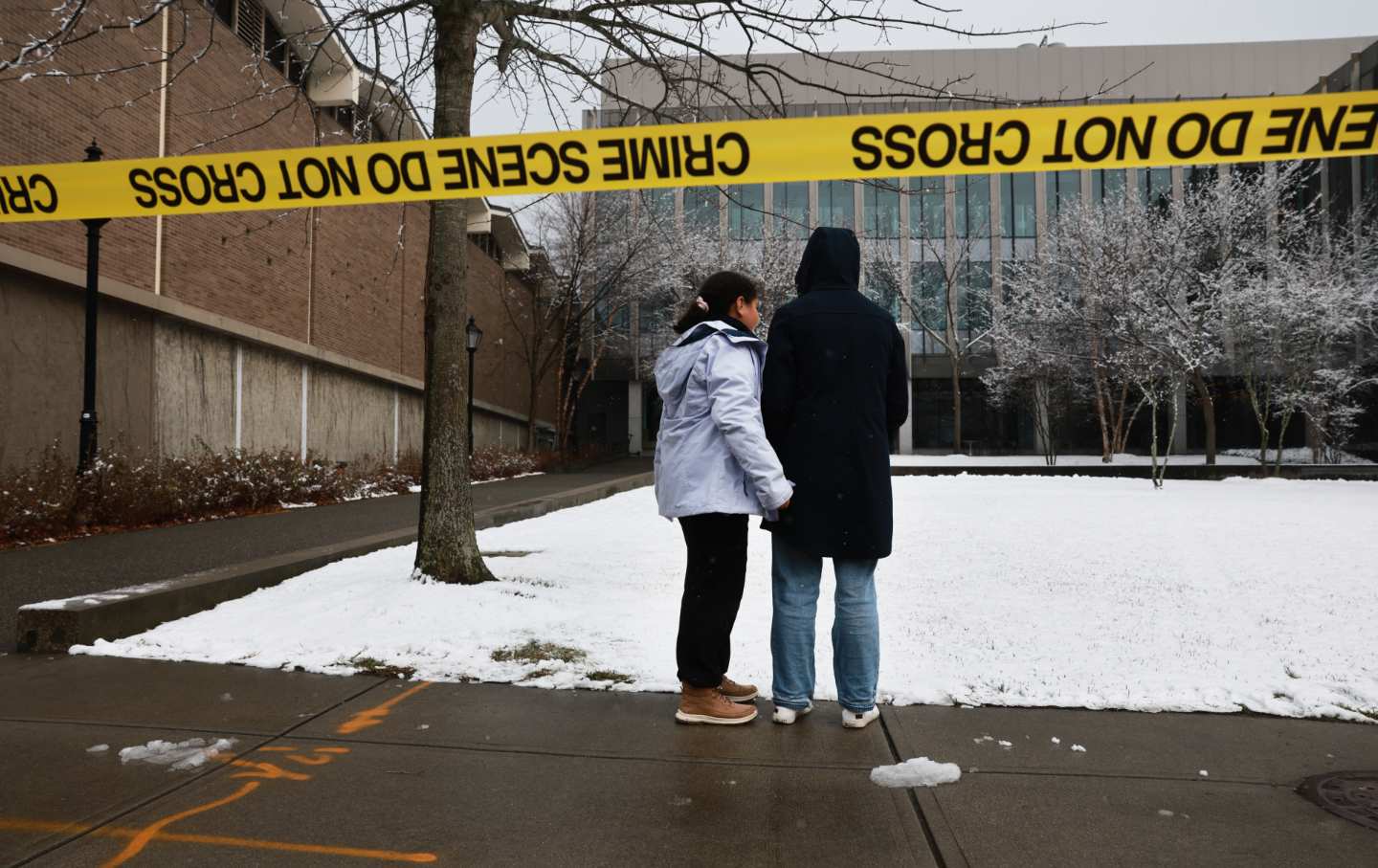
In America, Mass Shooting Survivors Can Never Know Peace In America, Mass Shooting Survivors Can Never Know Peace
A growing number of US residents have lived through more than one massacre.
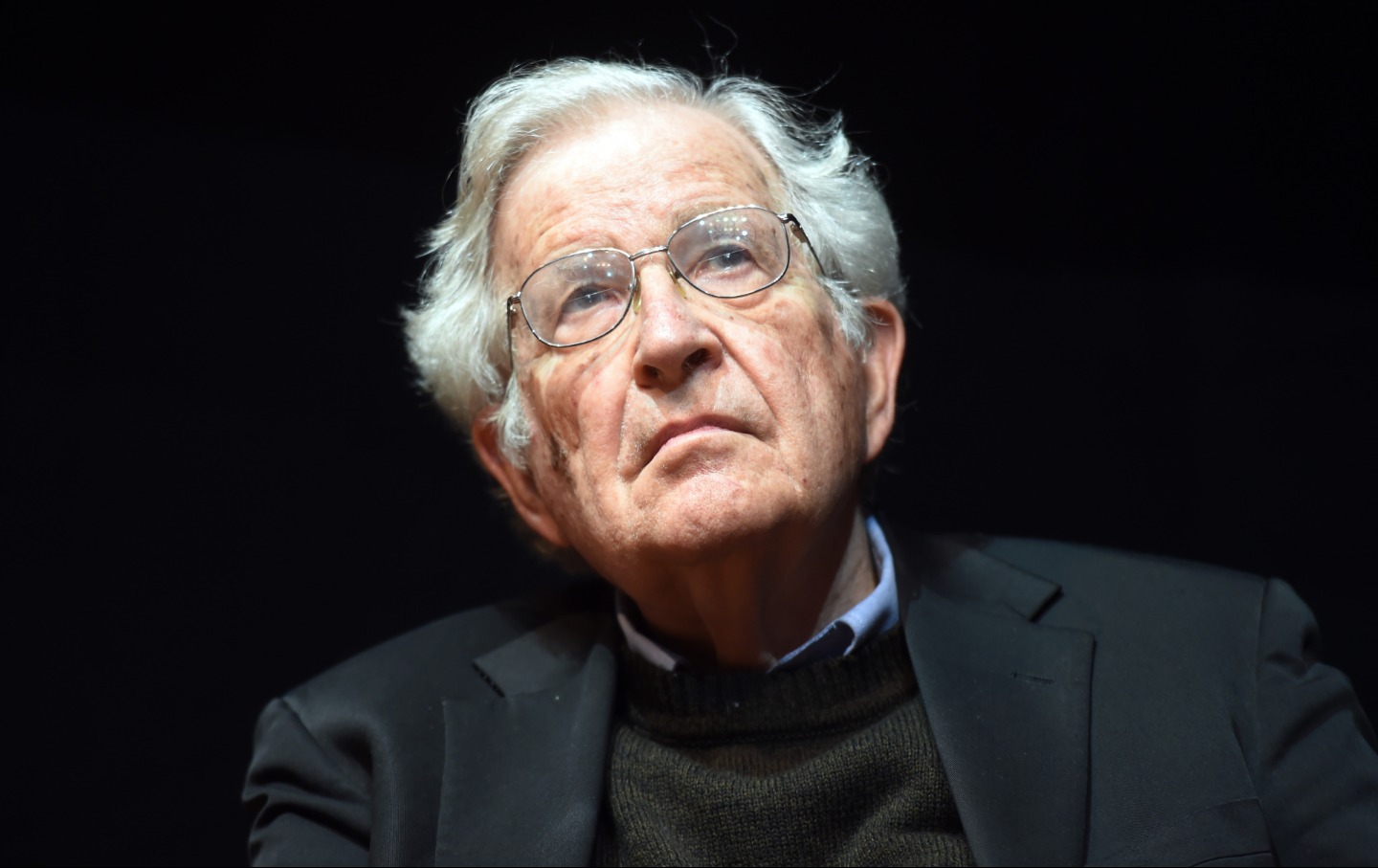
What the Noam Chomsky-Jeffrey Epstein Emails Tell Us What the Noam Chomsky-Jeffrey Epstein Emails Tell Us
Chomsky has often suffered fools, knaves, and criminals too lightly. Epstein was one of them. But that doesn't mean Chomsky was part of the "Epstein class."
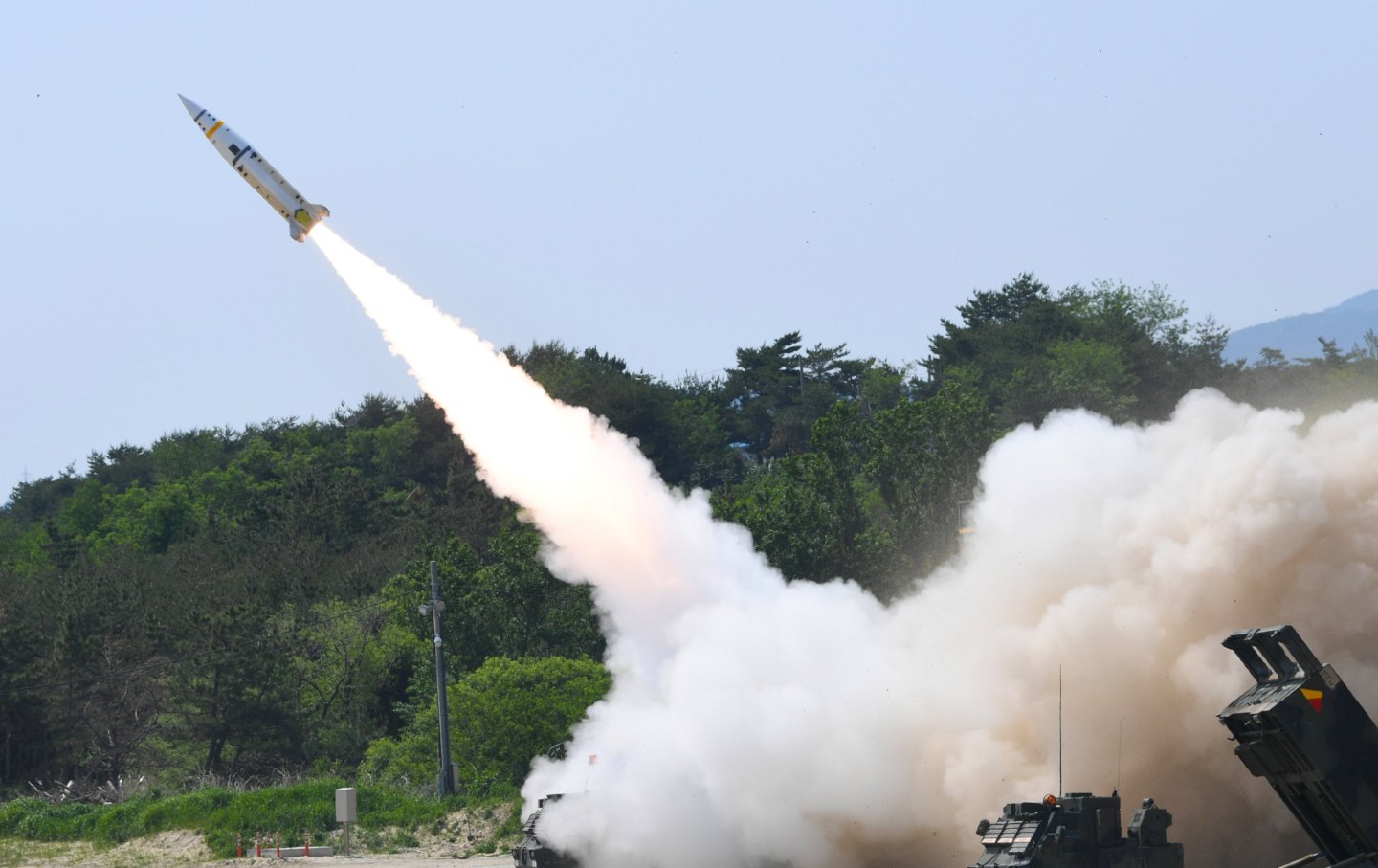
Have We Normalized Nuclear War? Have We Normalized Nuclear War?
If anything, the widespread lack of comprehension (and so protest) is one big reason why nuclear war remains so chillingly possible.
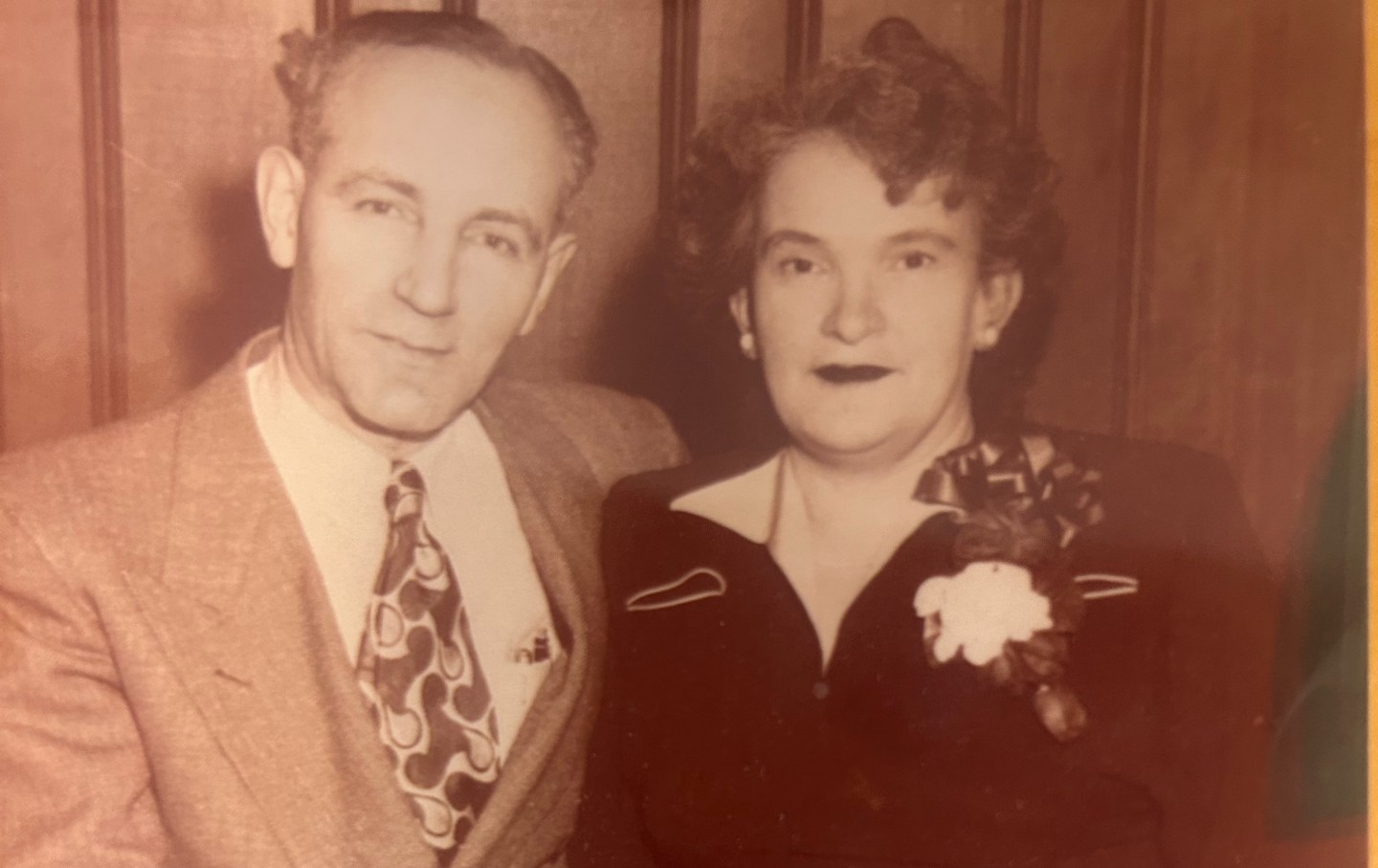
The Supreme Court v. My Mother The Supreme Court v. My Mother
After my mother escaped the Holocaust, she broke the law to save her family. Her immigration story is more pertinent today than ever before.

White Farmers Are Getting a Taste of Their Own Medicine White Farmers Are Getting a Taste of Their Own Medicine
Trump’s tariffs and immigration raids are driving the latest farm crisis. White farmers have stood by him year after year—and still do.
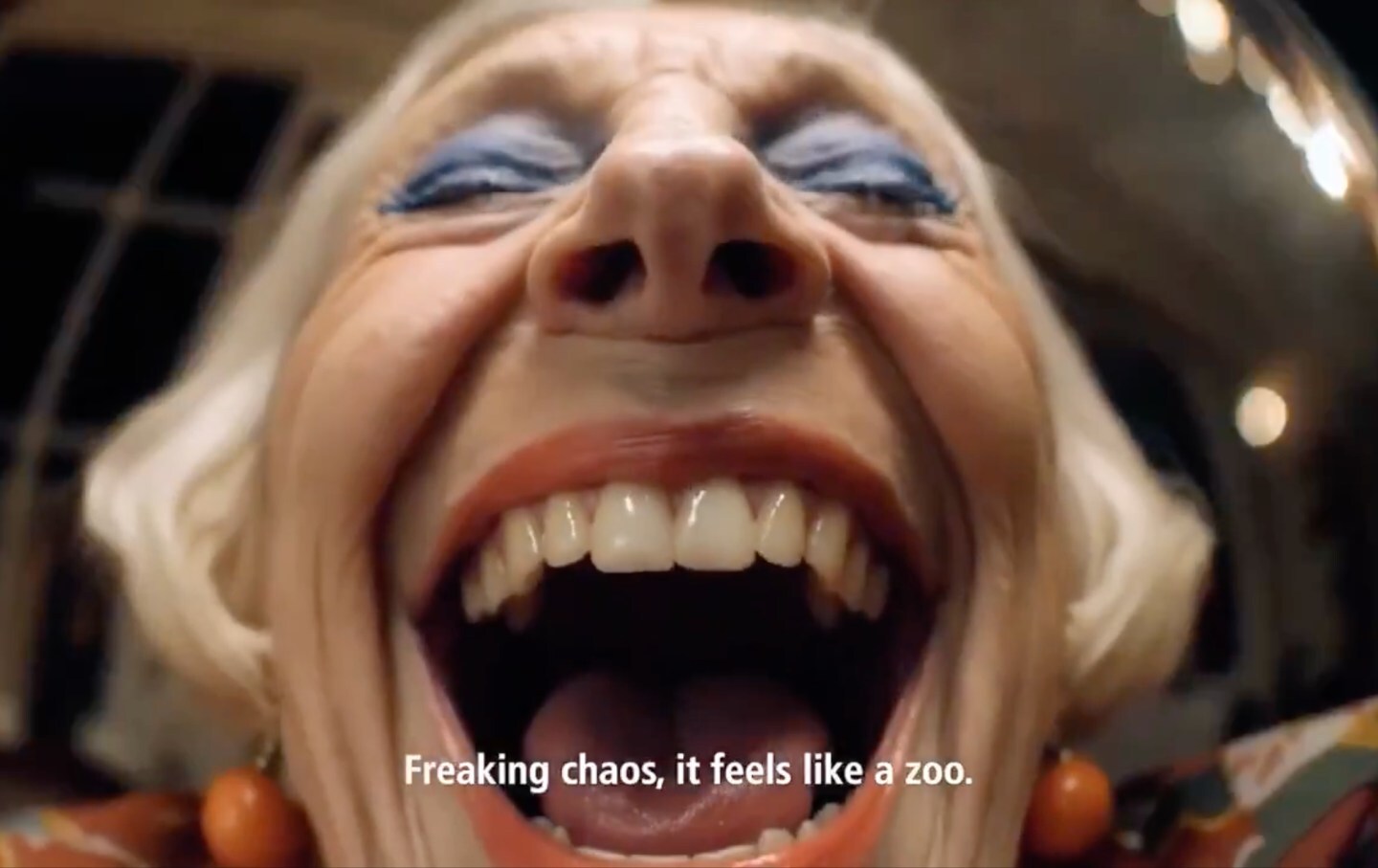
The Slop of Things to Come The Slop of Things to Come
This past week boasted many overhyped AI breakthroughs, but the healthiest one was the fierce repudiation of a contemptuous McDonald’s ad.


